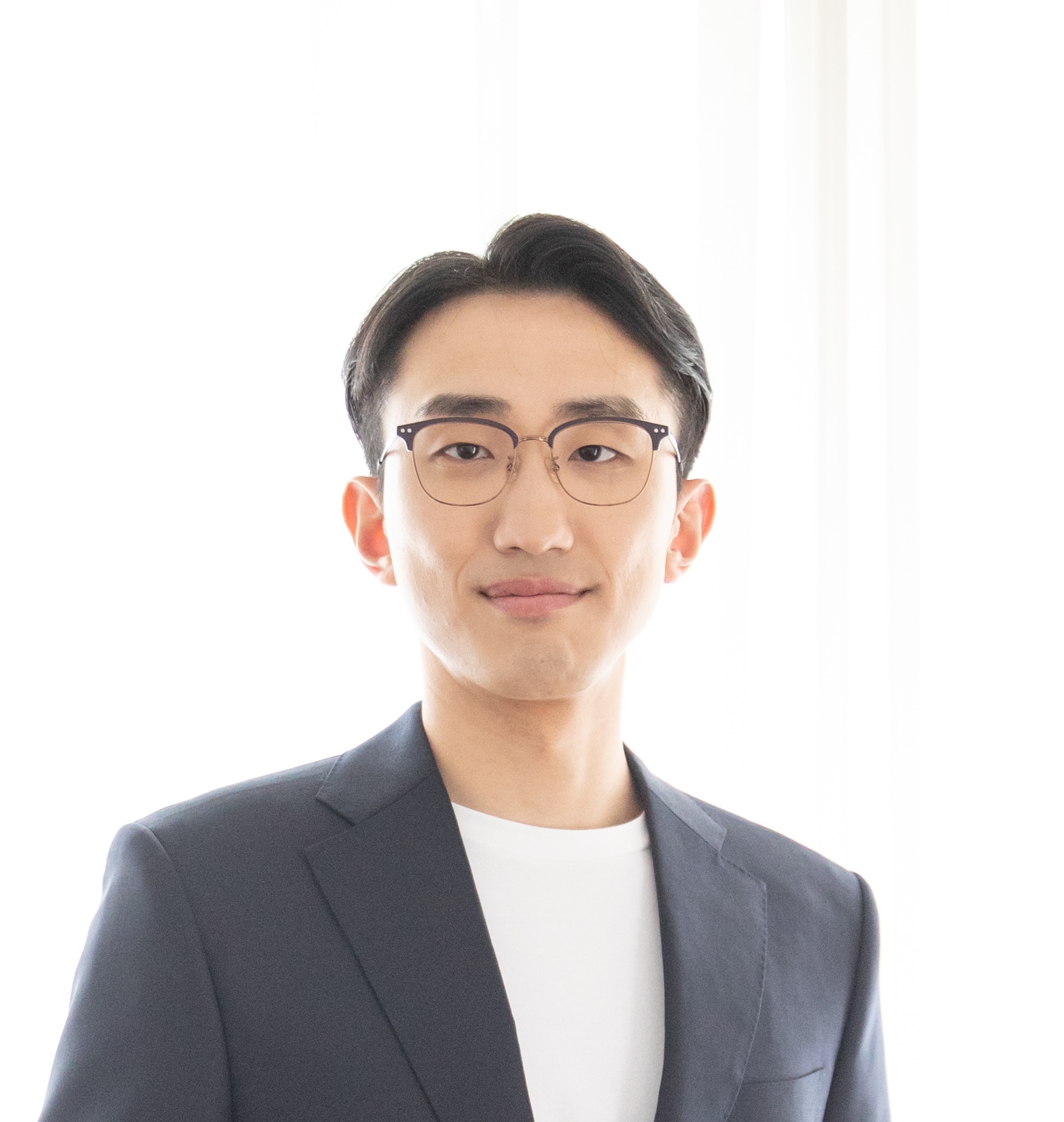
|
Hojun Lee Co-founder & CEO at Xperty Corp. |
BioI received Ph.D. in 2024 at Department of Intelligence and Information from Seoul National University under the supervision of Prof. Nojun Kwak. |
ResearchMy research centers on visual recognition, with a strong focus on object detection. I have explored few-shot object detection to enable robust recognition from limited data, and proposed principled approaches for coreset selection in complex, multi-object scenarios. Beyond detection, I’ve worked on safeguarding generative models by developing targeted data protection techniques for diffusion models—offering fine-grained control and traceability against unauthorized data use. |
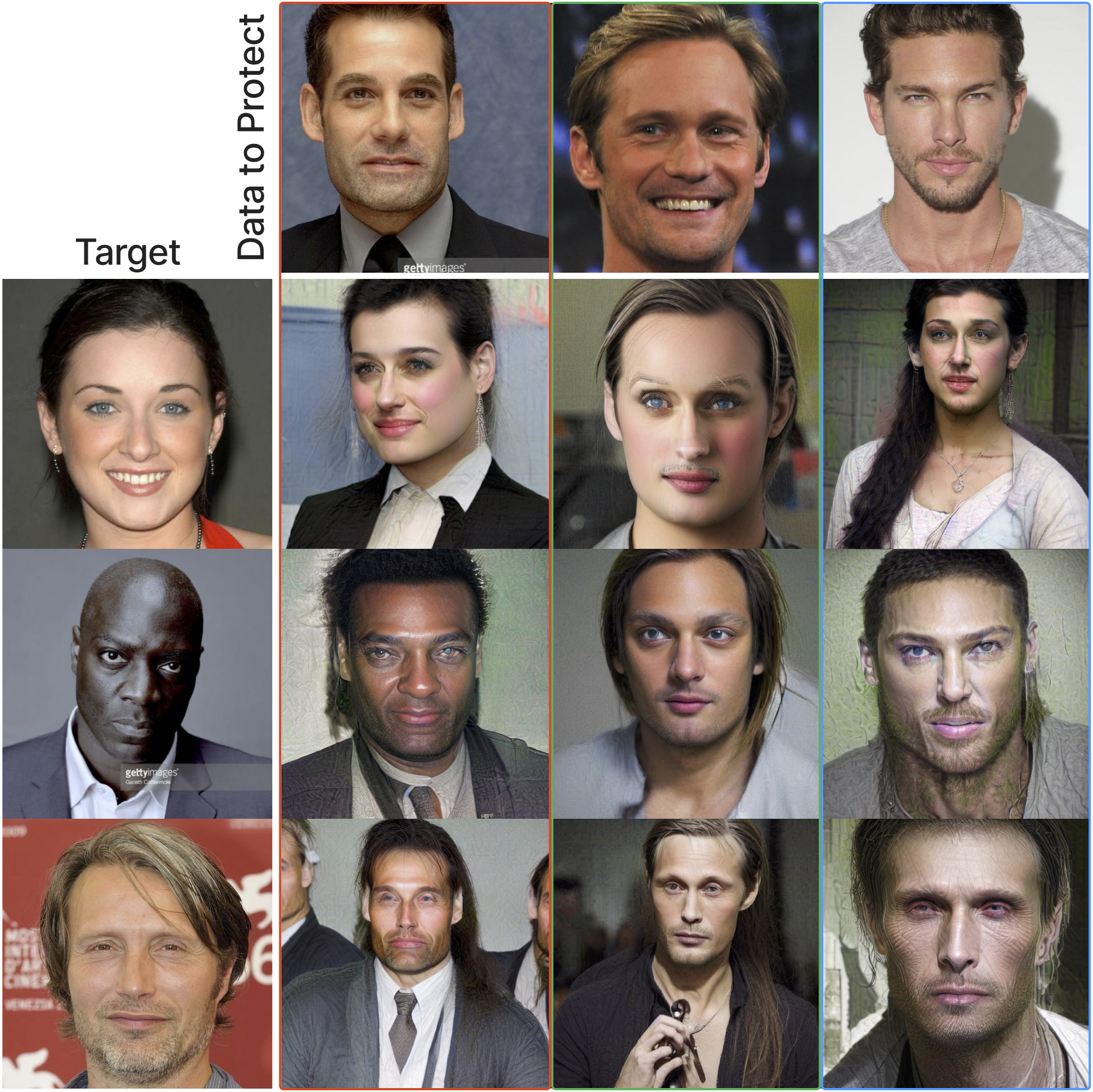
|
Targeted Data Protection for Diffusion Model by Matching Training Trajectory
Hojun Lee*, Mijin Koo*, Yeji Song, Nojun Kwak AAAI , 2026
We address the lack of controllable and traceable protection in diffusion models by aligning fine-tuning trajectories with adversarially perturbed data, enabling intentional identity or pattern-level transformations in the generated outputs. |
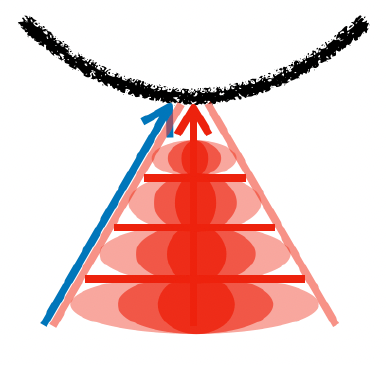
|
ARC-NeRF: Area Ray Casting for Broader Unseen View Coverage in Few-shot Object Rendering
Seunghyeon Seo, Yeonjin Chang, Jayeon Yoo, Seungwoo Lee, Hojun Lee, Nojun Kwak CVPR workshop, 2025
We present ARC-NeRF, leveraging Area Ray casting to cover broader unseen views with a single ray and adaptive high-frequency regularization. Additionally, luminance consistency regularization uses relative luminance as 'free lunch' data to improve texture accuracy. |
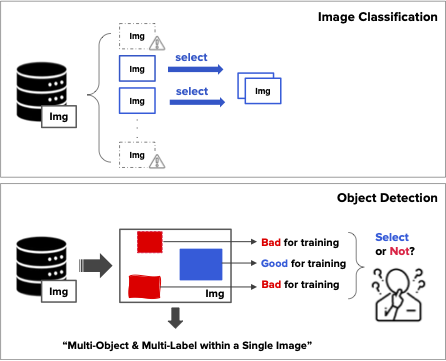
|
Coreset selection for object detection
Hojun Lee, Suyoung Kim, Junhoo Lee, Jaeyoung Yoo, Nojun Kwak CVPR workshop, 2024
We tackle the challenge of coreset selection in multi-object images by introducing a submodular selection strategy that captures both representativeness and diversity across classes. |
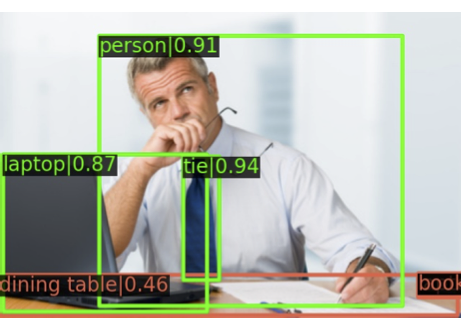
|
End-to-end multi-object detection with a regularized mixture model
Jaeyoung Yoo*, Hojun Lee*, Seunghyeon Seo, Inseop Chung, Nojun Kwak ICML, 2023 Github / arXiv
We address the heuristic nature of end-to-end detection training by reformulating it as a density estimation task, using a mixture model with probabilistic loss functions to improve reliability. |

|
Few-shot object detection by attending to per-sample-prototype
Hojun Lee, Myunggi Lee, Nojun Kwak WACV, 2022 arXiv
We aim to improve few-shot detection under high intra-class variance by leveraging per-sample prototypes and attention-based refinement to preserve distinctive support information. |
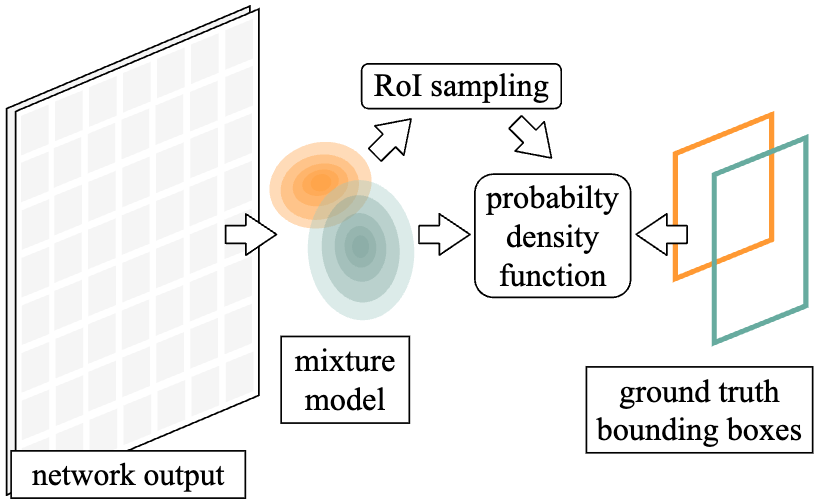
|
Deep learning model for real-time prediction of intradialytic hypotension
Jaeyoung Yoo, Hojun Lee*, Inseop Chung*, Geonseok Seo, Nojun Kwak ICCV, 2021 Github / arXiv
We avoid the complexity of anchor-based matching by modeling bounding box distributions directly, enabling a simpler and more principled training process for object detection. |
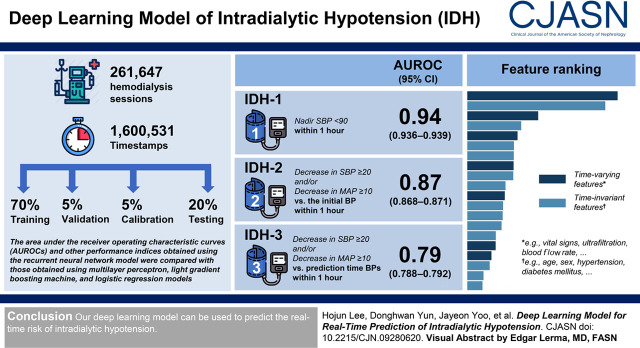
|
Deep Learning Model for Real-Time Prediction of Intradialytic Hypotension
Hojun Lee*, Donghwan Yun*, KiYoon Yoo, Jayeon Yoo, Yong Chul Kim, Dong Ki Kim,, Kook-Hwan Oh, Kwon Wook Joo, Yon Su Kim, Nojun Kwak†, Seung Seok Han† CJASN, 2021 CJASN / PMC
We address the difficulty of predicting hypotension during dialysis by training a recurrent model on large-scale timestamped vitals to capture complex temporal patterns in real time. |
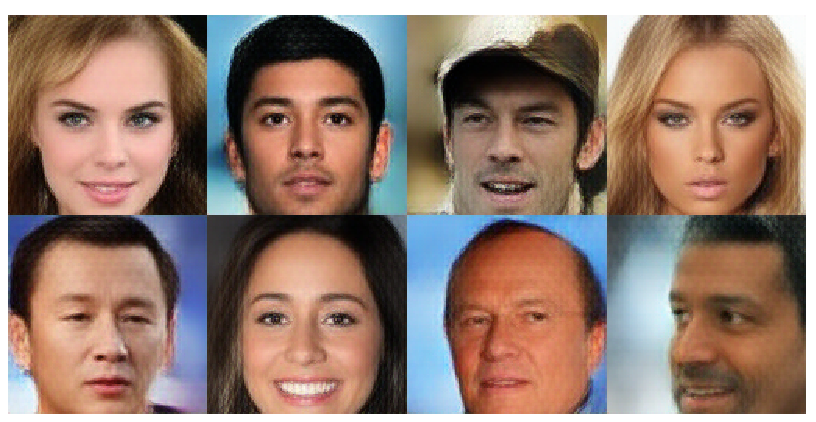
|
Unpriortized autoencoder for image generation
Jaeyoung Yoo, Hojun Lee, Nojun Kwak ICIP, 2020 arXiv
We revisit autoencoder-based generation by learning the latent distribution explicitly, removing the need for a predefined prior and improving sample quality through density estimation. |